This post may contain affiliate links. Read my disclosure policy here.
If you want to encourage your children to grow up loving science, we have some tips and kids science experiments that are perfect for summer time learning fun. Thanks to Bayer’s Making Science Make Sense® program for their ongoing initiatives to improve science education and for sponsoring this post.
Young children all have an innate passion for science — the proof is in every preschooler who incessantly peppers their parents with the question, “WHY?”
Yes, when it comes down to it, the science of science comes down to that one, core question: “WHY?”
But, as kids grow older, instead of nurturing their scientific curiosity, we sometimes begin to kill off these sprouting scientists and their natural interests in “how things work.”
We don’t mean to of course.
But we have our own issues.
Not only are we busy running around trying to do and be everything to our families and ourselves, but we might have our own negative feelings toward “science.”
For some of us, science was an intimidating subject in high school and we began to identify as “bad at science.” Or perhaps school was extra difficult because you had ADHD or undiagnosed dyslexia.
Sometimes the old stereotypes of boys being more interested in science than girls still linger and more boys are pushed to pursue science related careers.
It is encouraging to note that in Bayer Facts of Science Education III: A U.S. Student Report Card on Science Education (1997), when kids were asked questions about science educations, a majority of them responded positively.
Teachers and parents seem to be succeeding in helping kids see science as the creative, exciting field that it is.
Yet, even though many kids are reporting positivity towards science, reports do show that there is a large imbalance in the diversity of those moving on to graduate with STEM (science, technology, engineering and mathematics) degrees.
The 2013 Bayer Facts of Science Education survey showed a significant STEM underrepresentation of women, African-Americans, Hispanics and American Indians.
- At their companies today, very few talent recruiters at Fortune 1000 companies (16 percent or less) are seeing adequate numbers of qualified African-American, Hispanic and American Indian male and female job candidates who have two- and four-year STEM degrees.
- While more talent recruiters report seeing adequate numbers of Caucasian (33 percent) and Asian (39 percent) female job candidates with four-year STEM degrees than both females and males with these STEM degrees of all other minorities studied, the numbers are still well below those of Caucasian (67 percent) and Asian (59 percent) males.
So, how can we ensure that our kids are in that group of kids reporting positive attitudes towards science?
What if ALL Kids Can Love Science
What if we take a scientific approach to solve the problem of kids losing interest in science.
Let’s ask the question, “WHY?”
“If kids are born with innate curiosity and desire to understand “how things work,” then why do many kids, especially girls, lose interest in science as they get older?”
To answer this question, let’s look at a recent Bayer Facts of Science Education survey where American Ph.D. scientists were asked how to help parents encourage their children to help nurture and maintain their children’s interest in science.
From the scientists’ perspective, in their personal experience, “When it came to igniting their early interest in science, it was scientists’ parents who were the biggest influences.”
The scientists pointed out that it was not because their parents were professional scientists, but rather “because the adults encouraged them to pursue their interests and find answers to questions on their own.”
The scientists also talked about barriers such as boys being encouraged more in the classroom and the need for exposing students to male and female professionals so they can see that they too can accomplish their goals.
“The science and engineering pipeline doesn’t begin in college, nor does it begin in high school. It starts in elementary school at the earliest grades when all students are interested in science,” explained Sarah Toulouse, who oversees Bayer’s Making Science Make Sense initiative.
“Hands-on science, through the process of discovery, captures and sustains this interest, while building important science literacy skills such as critical thinking, problem solving and teamwork. We believe this is the way to create a healthy pipeline – and not just of future scientists and engineers — but of a citizenry that is scientifically literate.” source: Bayer Facts of Science Education Survey, 2005
Quick Tips to Nurture Your Young Scientists
As the scientists reported, we parents have the biggest impact in developing scientific interest in children.
And, thanks to the Internet, we have an almost endless source of inspiration and answers just waiting for us and our kids to discover.
All we need to do is encourage our kids to ask “WHY?” and to allow them to seek out the answers.
At different ages and stages, there will obviously be different levels of parent participation required. Sometimes you will want to get your hands dirty with an experiment and sometimes it will mean helping your kids to research answers online.
One way to encourage your children to find the answers to their questions is to set up a challenge and reward system. You can use tokens or points for the number of answers they learn or problems they solve.
After your child has researched their question/topic, they can “report their findings” to the rest of the family, having a chance to teach what they have learned.
If you feel overwhelmed about where to find science experiment ideas and lessons, no worries. We have you covered.
Bayer’s Making Science Make Sense® website has free science education resources for parents, including the Making Science Make Sense Toolbox, which has fantastic learning tools such as a downloadable science Activity Book featuring Molecule Man, an interactive Periodic Table of the Elements, and two downloadable Experiment Guides.
You can print out these colorful, fun to use guides or view them on your mobile device or computer.
The Experiment Guides answer those all important questions such as: “Why do birds sing?” “Why does popcorn pop?” and “How does bubble gum make bubbles?”
As well, the guides have exciting experiments easily laid out for you to do with your children. The guides explain what you need, what to do, and what it all means.
5 Hands-On Science Experiments for Kids
My kids love to get messy and come up with all kinds of science experiments.
I have to admit, I too often say, “Not now — we can do that another time,” when my kids pounce on me with one of their experiment ideas in the middle of a busy day.
But long summer days and late bed times are the perfect opportunity to slow down and help our kids’ satisfy their need to experiment and explore the world around them.
1. Science in the Laundry Room
Science truly is all around us, aiding us in everything we do.
As parents, we have to rely all too often on the science of cleaning.
So when I was thinking about science experiments to do with my kids, I thought it would be fun to make an experiment about how soap and detergents work to clean.
SOAP IT UP
What You Need:
- Four pieces of fabric – rags, old clothes, etc.
- Dirt
- Oil/grease
- Bar Soap
- Dish Detergent
- Laundry Detergent
What to Do:
- Get the four pieces of fabric equally dirty with a combination of dirt and oil/grease.
- Scrub each piece of fabric, each using a different washing agent: one with soap, another with dish detergent, another with laundry detergent, and finally one with just water.
- Note which pieces came clean the best. Did some work better for removing the oil? How about for the dirt?
- Did you use cold/warm/hot water? Were there any difference in the performance depending on the temperature of the water?
What You Learn
We use soaps and detergents because water alone cannot bind to and remove dirt, oil, grime, etc., the way soap and detergent can.
The chemical process of making soap is called saponification — a triglyceride chemically joins with a strong alkali to form sodium or potassium fatty acids salts.
Each soap molecule has a long hydrocarbon chain. The hydrophobic end, which is the triglyceride of a soap molecule, is attracted to dirt and grime. The other end of the chain, the alkali head, is hydrophilic, meaning it attracts water.
Soap and detergents work somewhat differently.
Soap is generally made with animal or vegetable fats and works mainly as an emulsifier, allowing the oil and water to mix so that the oil/dirt/grime can be removed during rinsing.
While soap works well when washing our skin, washing clothes can be tricky as the dirt can sometimes redeposit on the clothes. Soap can also react with hard water, forming stubborn soap scum.
Detergents are the “next generation” of soaps and instead of using natural fats and oils from animals or vegetables, they use petrochemicals. Detergents work as surfactants, lowering the surface tension of water, allowing it to more easily interact with oil and grease.
Unlike soap, detergents can perform their cleaning duties in cold water, are not affected by hard water, and prevent dirt from re-depositing on clothes.
Sources and further reading: Planet Science – Soap – how does it get things clean?, About Education – How Soap Cleans and How Detergent Cleans, How Stuff Works – The Chemistry of Cleaning Clothes, Mocomi Kids – How Does Soap Work?, Brain Stuff – How Does Soap Work.
2. Science in the Sky
Learning never has to end. About six months ago, my brother downloaded an astronomy app on our seventy-four year old mom’s iPhone.
All spring and summer, my mom has been studying the night skies, watching for different stars, planets, and constellations.
Her enthusiasm is contagious and my kids and I are getting into the stargazing fun.
Simply download an app and let your kids stay up until the stars are out. Together you can enjoy the fun of watching the shifting skies and learning about astronomy and our universe.
We are using The Night Sky™ and the NASA App, but here are a couple posts with other good astronomy apps — 10 Free Astronomy Apps for Stargazing and Apps for Stargazing. I am going to try out some of their suggestions for sure.
STARGAZING
What You Need:
- A mobile phone or tablet
- An astronomy app
- A clear night sky
What to Do:
- Keep the kids up late
- Fire up the app
- Use the astronomy app as a guide to find the locations of stars, planets, satellites, and constellations in the sky
What You Will Learn:
Our unfathomably huge universe is in constant motion.
Studying the night skies will not only open your kid’s imagination about our massive universe, they will learn about different stars, planets, satellites, and constellations.
If you download the NASA App, it will keep you updated daily on the latest NASA missions with the “latest images, videos, mission information, news, feature stories, tweets, NASA TV and featured content.” You will have launch info and a countdown clock. As well, the app tracks the International Space Station sighting opportunities.
3. Science in the Kitchen
My kids’ favorite place to experiment is in the kitchen.
When we are cooking and baking, there are chemical reactions happening all the time. From boiling water to baking cupcakes, working in the kitchen is one scientific experiment after another.
My daughter Olivia and I tested out several experiments from Bayer’s Making Science Make Sense Experiment Guides.
I love these guides because they walk us through the experiment and explain the science behind the results.
One of our favorite experiments in the guide is Martian Jelly, experiment #2 in the Making Science Make Sense Experiment Guides Volume 1.
MARTIAN JELLY
What You Need:
- 1 Tbsp Grape Jelly
- 1/8 tsp Baking Soda (not Baking Powder)
- 1 Tbsp Vinegar
- 1/2 Plastic Cup of Warm Water
- Popsicle Stick to stir the solution
What to Do:
- Dissolve grape jelly in the glass of warm water and note the color.
- Add baking soda and stir (Note: do this over a sink as a fizzing action will occur, possibly causing overflow. Note the change in color.
- Next, add vinegar and stir until the color of the grape jelly solution changes.
What You Will Learn:
Chemical reactions occur when one chemical comes into contact with another.
When we add baking soda (which is a BASE) it turns solution the BASIC and the purple color of the solution turns to a greenish-black color.
Then, when we add vinegar (which is an ACID) the solution REACIDIFIES and the color returns to purple.
The fizzing that occurs during the experiment is because when baking soda and vinegar combine it causes a chemical reaction that releases CARBON DIOXIDE gas.
Parents, please supervise your children during this experiment and be careful vinegar does not splash in your children’s eyes, as it can sting.
Source: This experiment is number #2 in the Making Science Make Sense Experiment Guides Volume 1.
4. Science in the Sea
If you are fortunate enough to live by the ocean, don’t miss out on the countless science lessons you can do at the beach.
From searching for crabs to studying the changing tides, there are all kinds of activities waiting for you. If you can’t get to the beach, hopefully you can visit an aquarium to learn more about our oceans.
Since we are near the Pacific Ocean, my kids love to go to the beach. But some days when we go to the beach, there isn’t much “beach” available.
So, I decided to help Olivia research WHY the amount of “beach” changes during the day/evening.
Shifting Tides
What You Need
A beach to visit during different hours of the day and evening
A notebook to write notes about how much “beach” was available at the times you visit
A computer or mobile phone to access Tide Tables
A computer or mobile phone to research WHY and HOW tides change
What You Learn
High tides and low tides are caused by gravitational pull between the moon, the sun, and the Earth.
In a high tide, the moon’s gravitational force pulls on the water in the oceans, causing a bulge of water on the side of the earth closes to the moon.
In the opposite side of Earth, the side farthest from the moon, the moon’s gravitational pull is “pulling the Earth away” from the water on that side.
So there are bulges on either side of the Earth, creating high tides on those sides.
On the other two sides, there are low tides because of the water stretching out to those bulges.
Because the Earth rotates 180 degrees in 12 hours and the moon rotates 6 degrees around the earth in 12 hours, coastal cities can experience a high tide every 12 hours and 25 minutes or so.
sources and further reading: How Stuff Works – What causes high tide and low tide?, Brain Stuff – How Do Tides Work? and Fisheries and Oceans Canada — Tides, Currents, and Water Levels
5. Science in our Bodies
For our final experiment in this post, I have saved the “best” for last. (Well, according to Olivia any experiment that involves eating candy earns extra points.)
This experiment is number #8 in the Making Science Make Sense Experiment Guides Volume 2.
IT’S ALL in the TASTE BUDS
What You Need:
- Flavored Hard Candies
- A partner
- Notebook and Pen
What to Do:
- With a partner, have one person close their eyes and hold their nose, while the other feeds them a flavored hard candy, without revealing the flavor.
- The person with the candy then tries to guess the flavor without letting go of their nose. Wait several minutes until candy dissolves in their mouth and they have time to detect the flavor.
- Note the change in the taste of the candy from the beginning of the experiment to the end. Describe the changes.
What You Will Learn:
Much of what we perceive as “taste” is due to our sense of smell. At first, we may not be able to tell the specific flavor of the candy, just perhaps a sensation of sweet or sour. As the candy dissolves, we are able to identify the specific taste, because some scent molecules volatize and travel up through a “back door” -a passages at the back of the throat to the nose. Since we can only taste FOUR different true tastes – sweet, sour, salt, and bitter – it is actually SMELL that lets us experience the complex, mouth-watering flavors we associate with our favorite foods.
source: This experiment is number #8 in the Making Science Make Sense Experiment Guides Volume 2.
Do your kids love to experiment too? What are their favorite scientific areas of study?
We hope you and your kids have a wonderful time experimenting your way through your summer. And please share this post with your friends so more kids can get in on the science fun.
Share With Your Friends
We’d love, love, love a tweet or a pin… Thanks so much! 🙂
Written by Janice Croze, co-founder of 5 Minutes for Mom
Thanks to Bayer for sponsoring this post. Our opinions are always 100% our own.
Talk with me: @5minutesformom and Facebook.com/5minutesformom
Pin with me at pinterest.com/5minutesformom
More Educational Resources For Kids
Here are some more fun ways to get kids excited about learning…
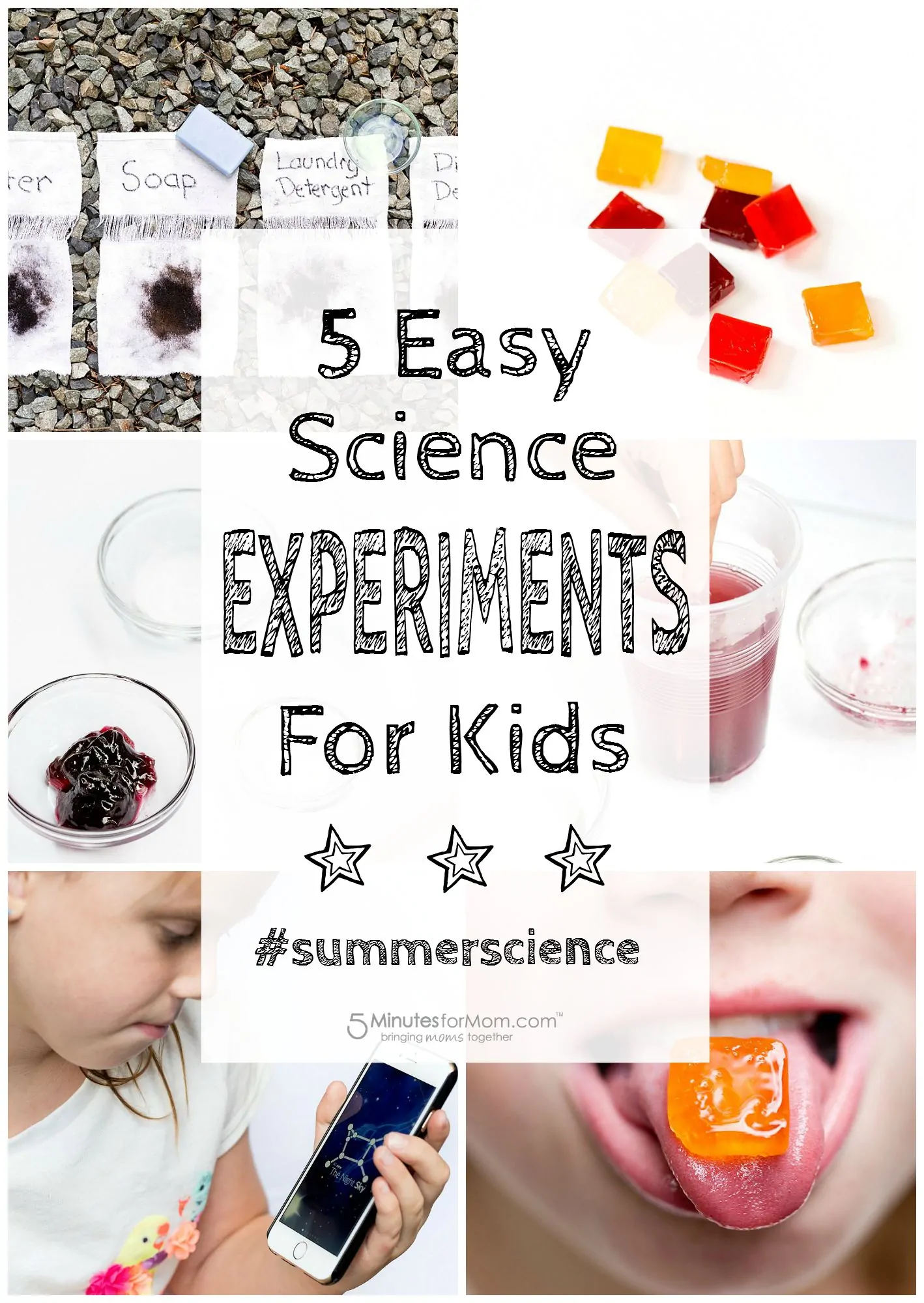
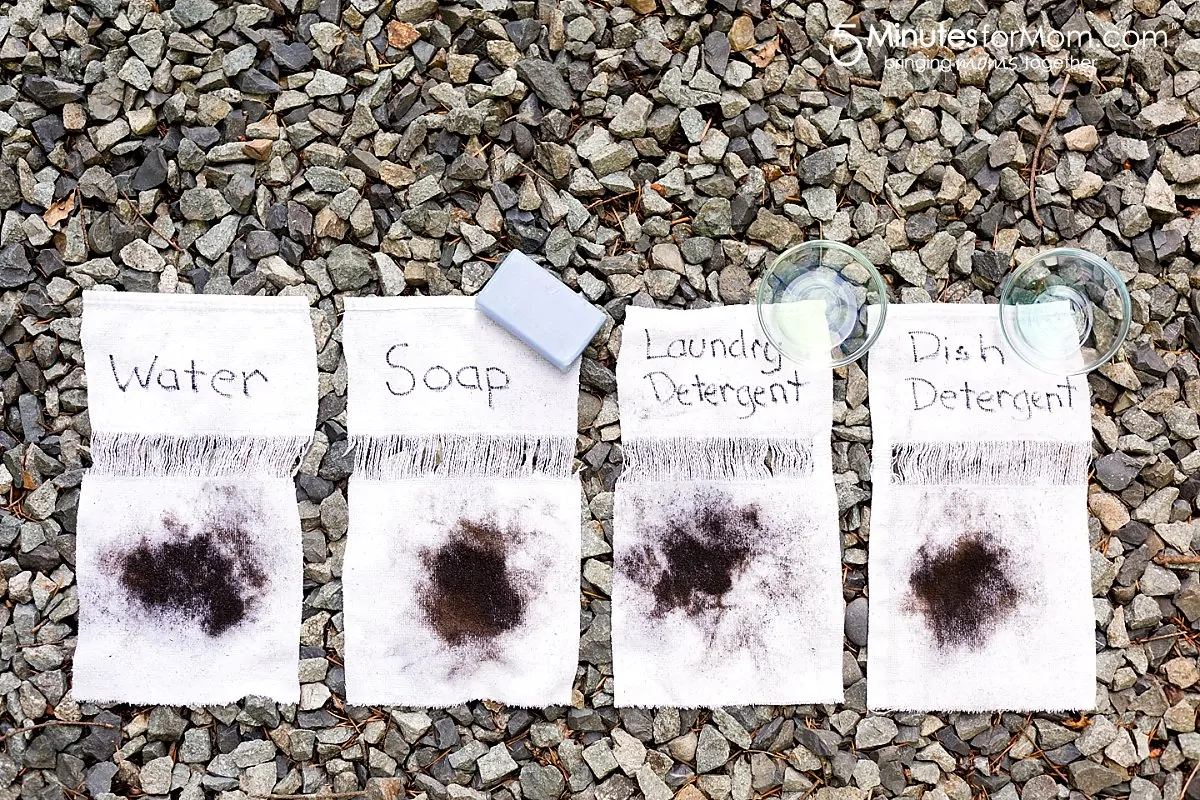
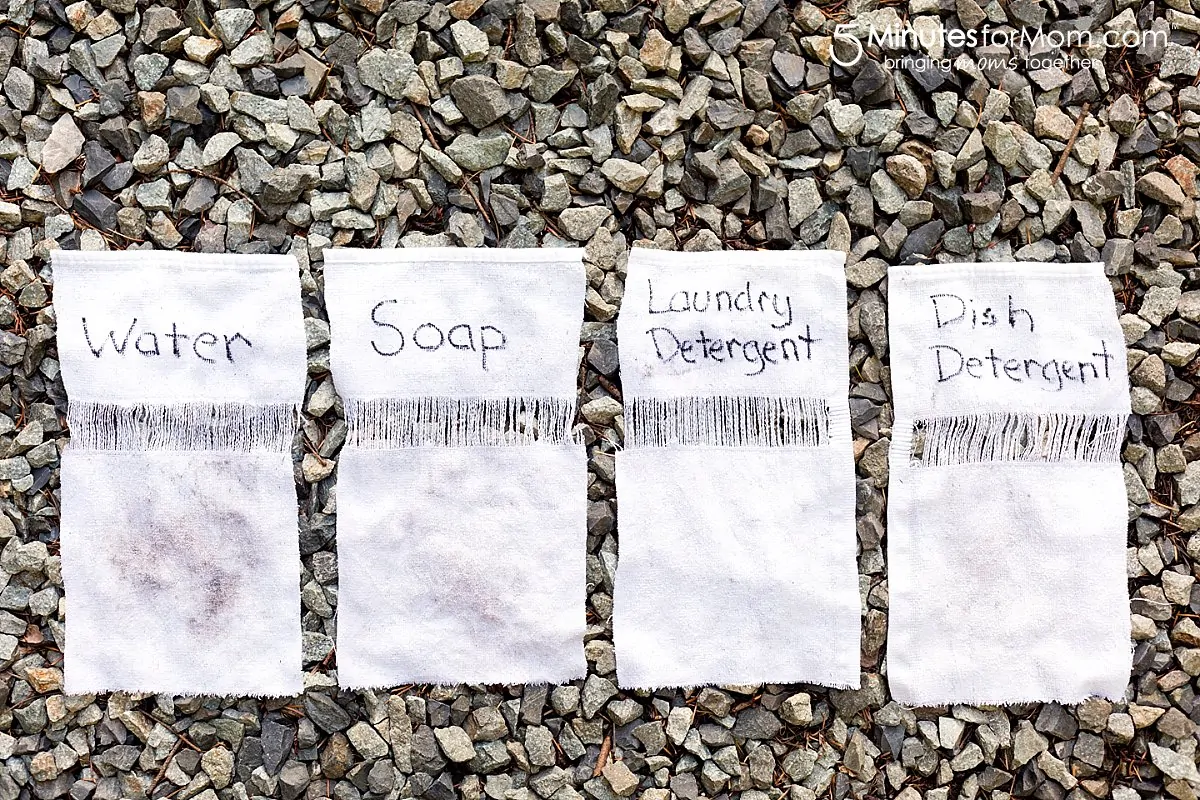
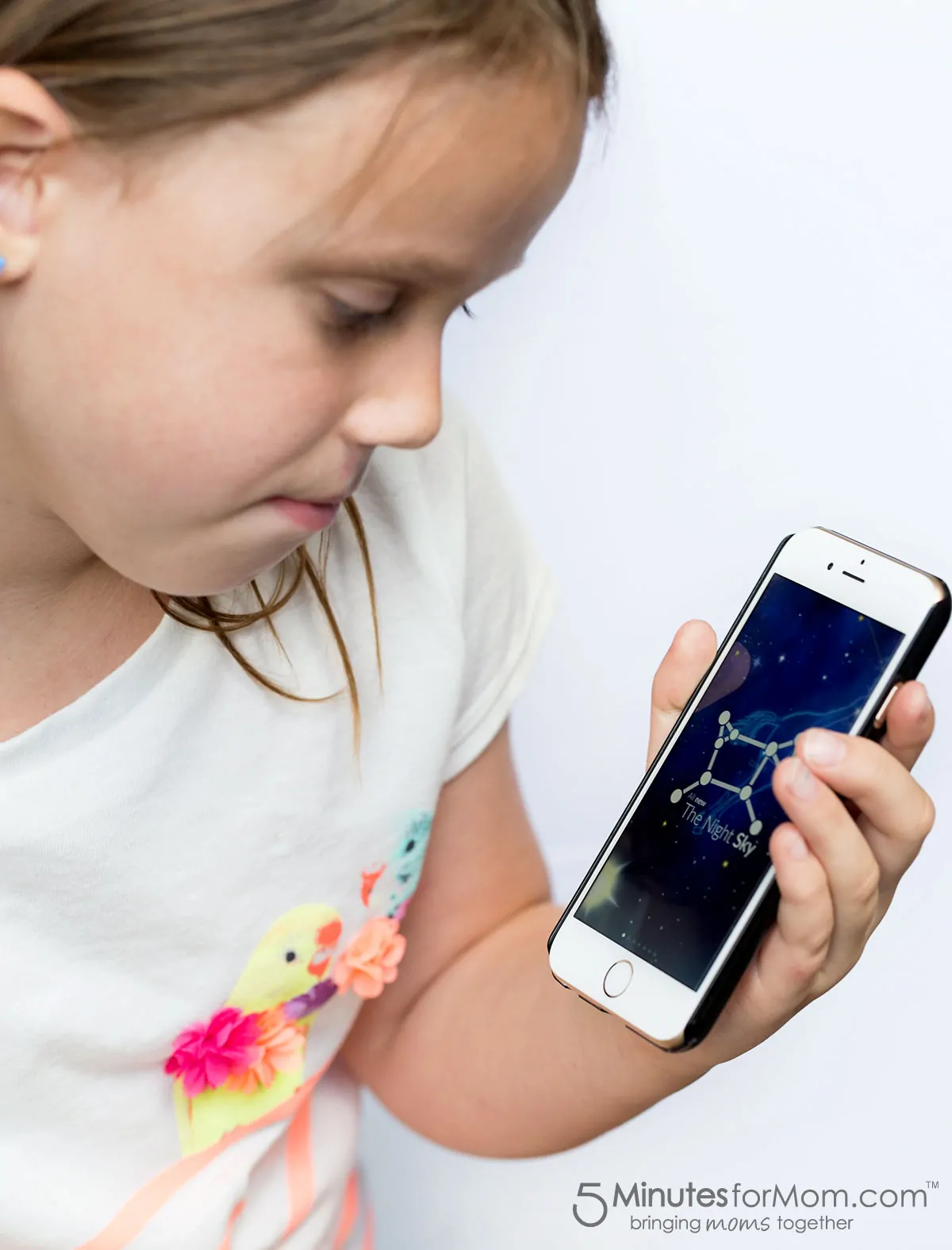
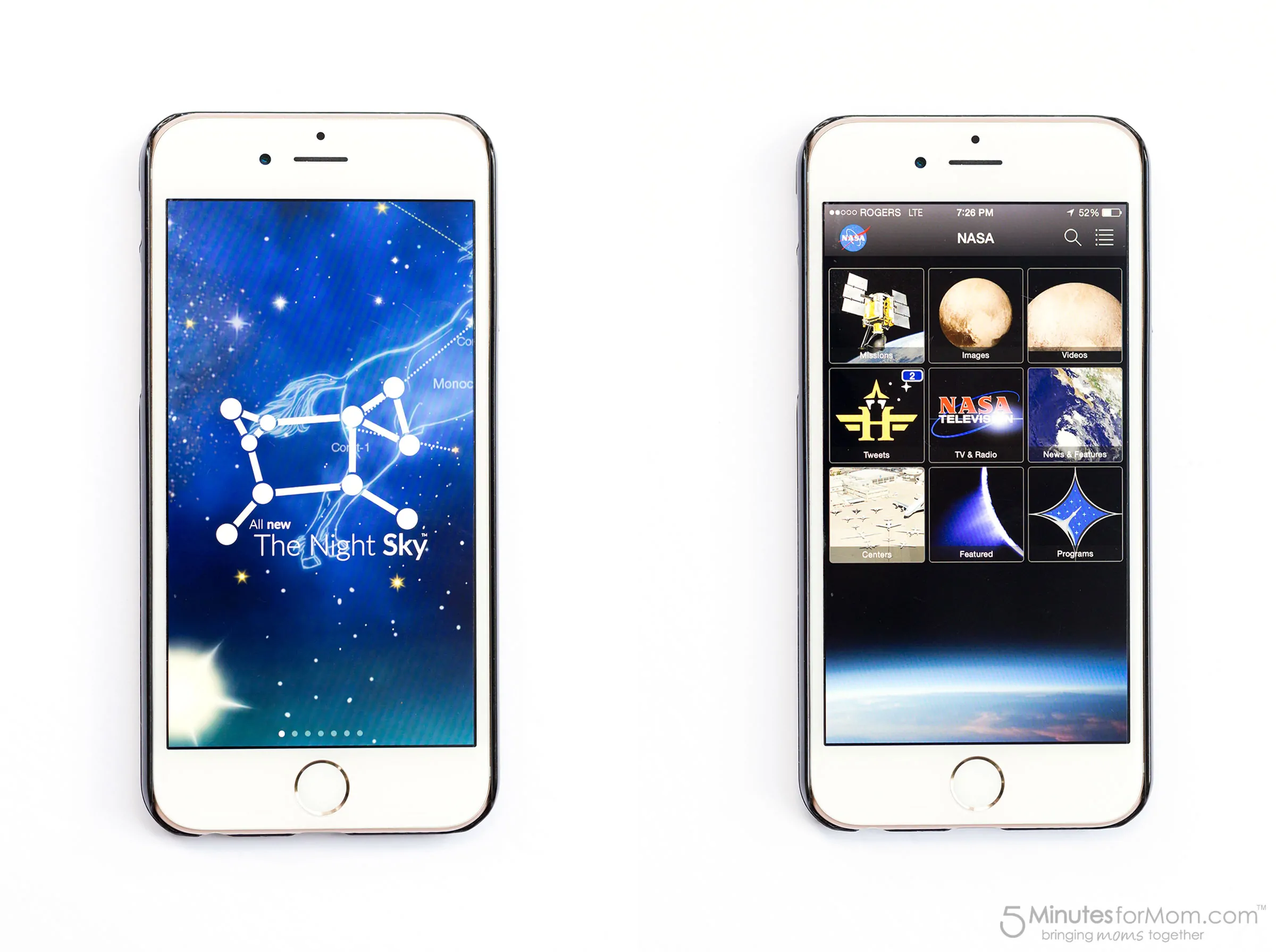
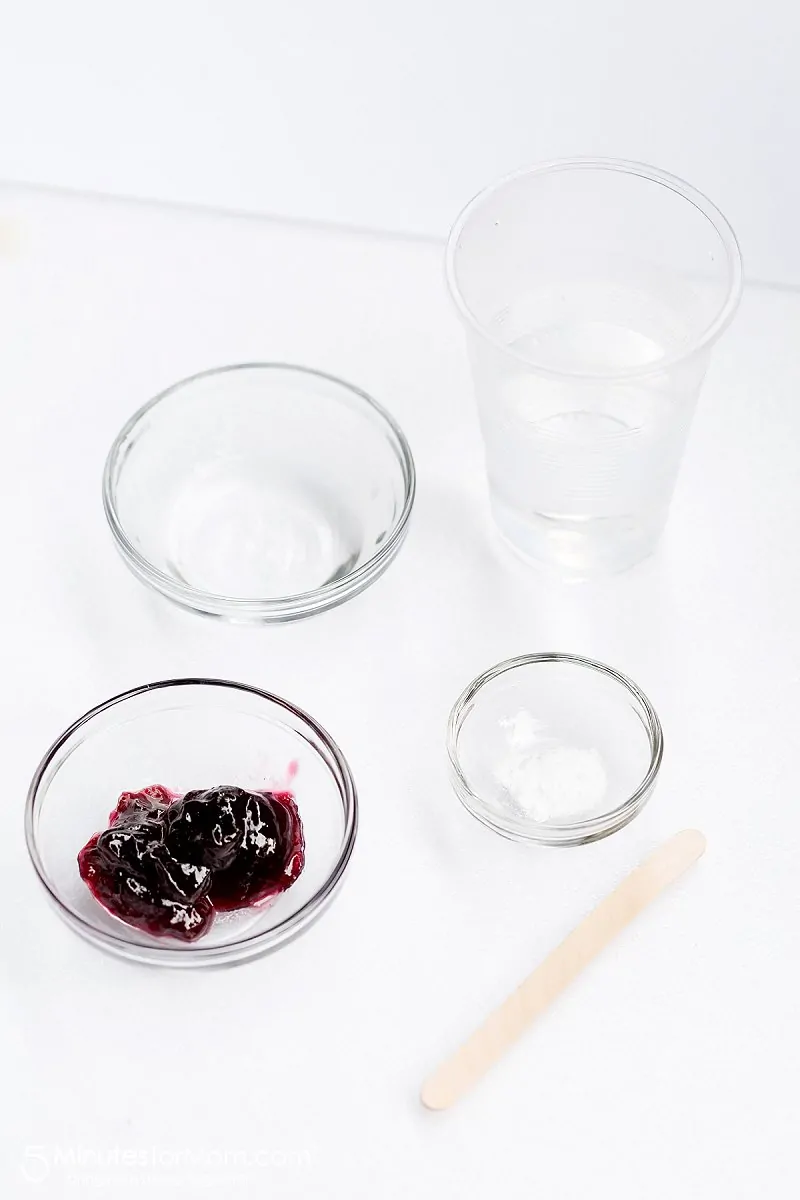
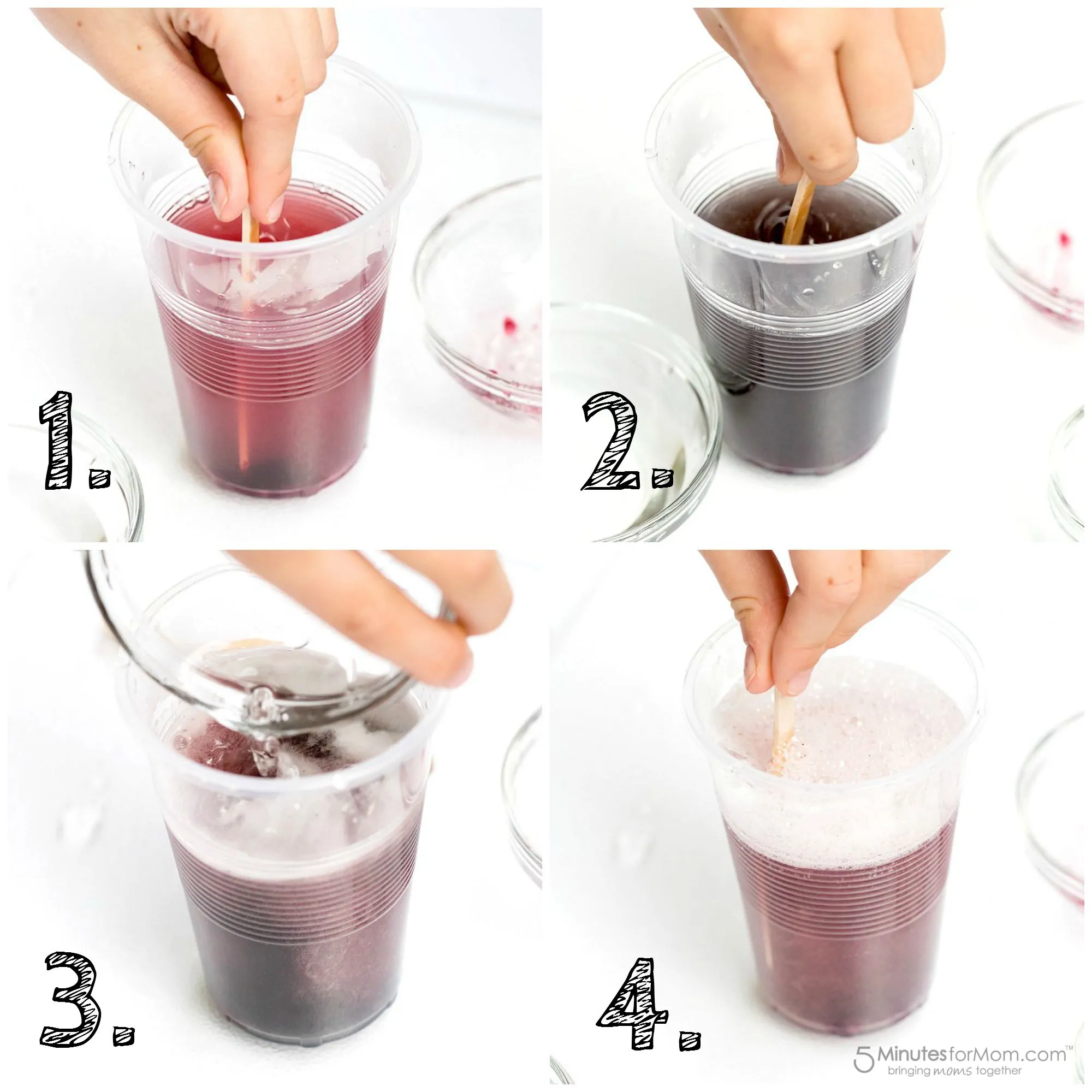
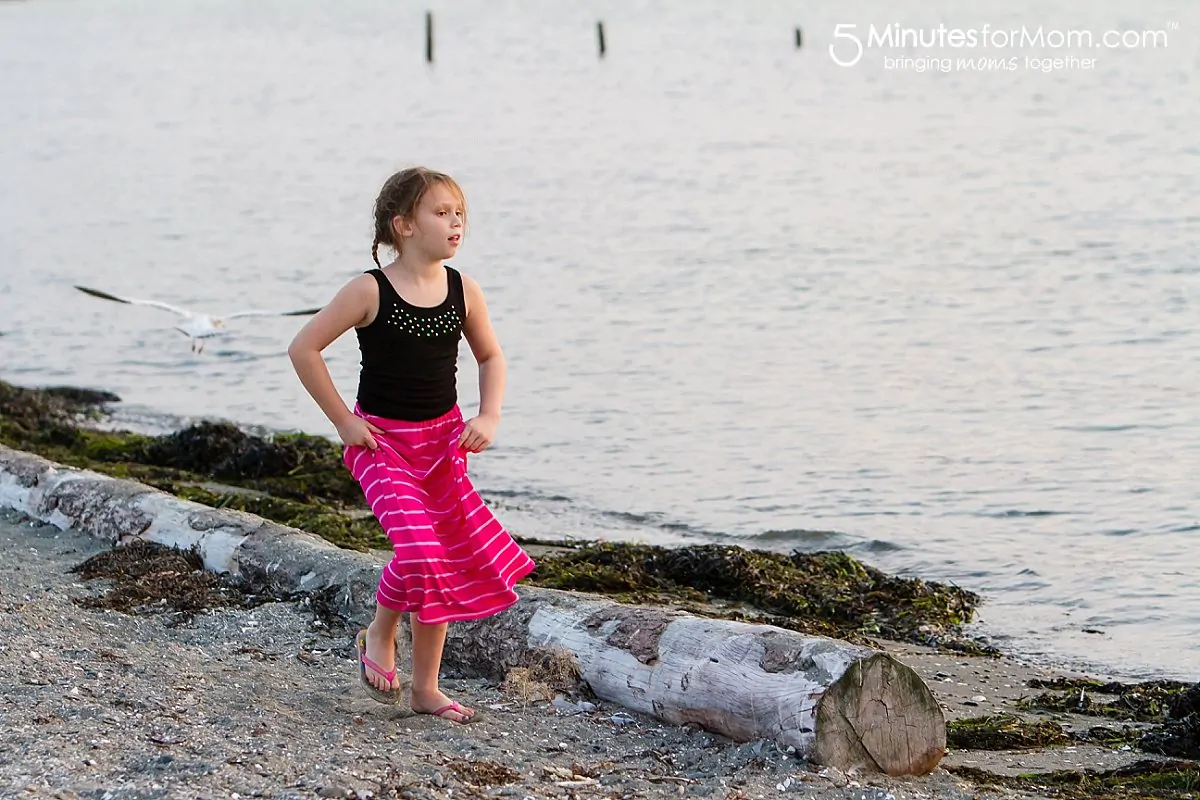
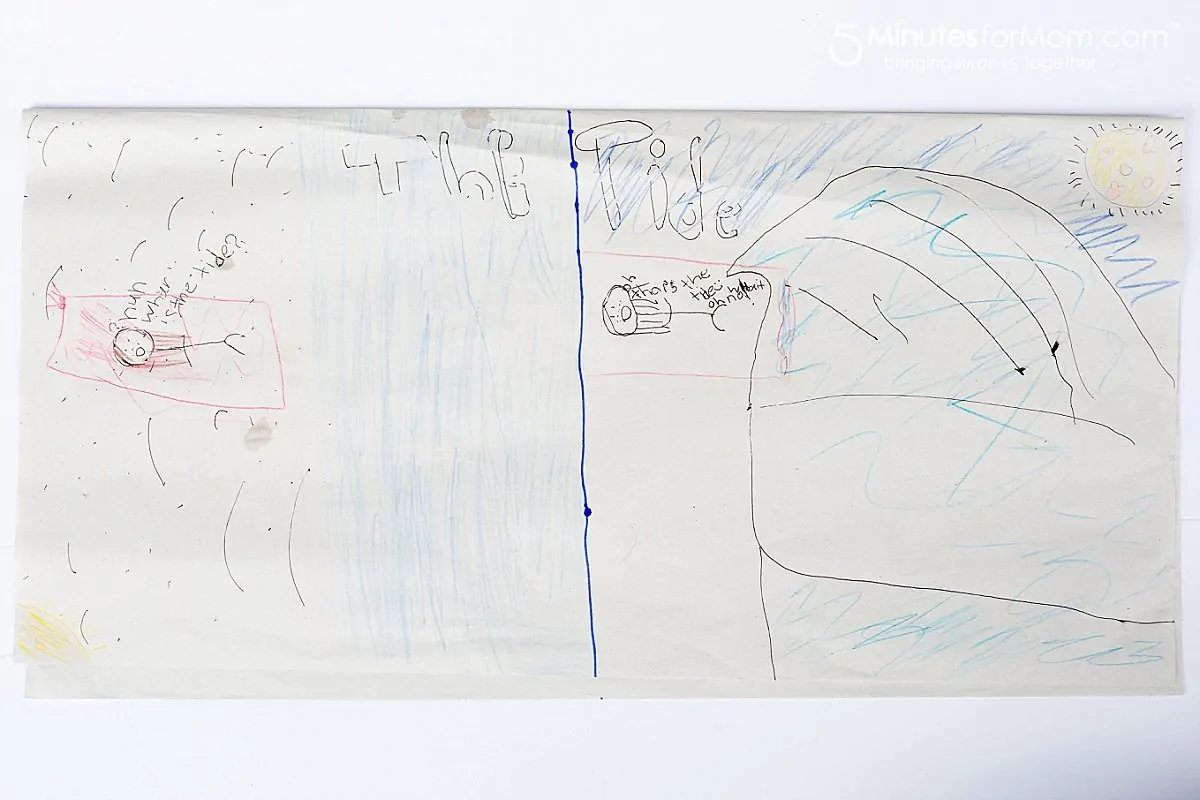
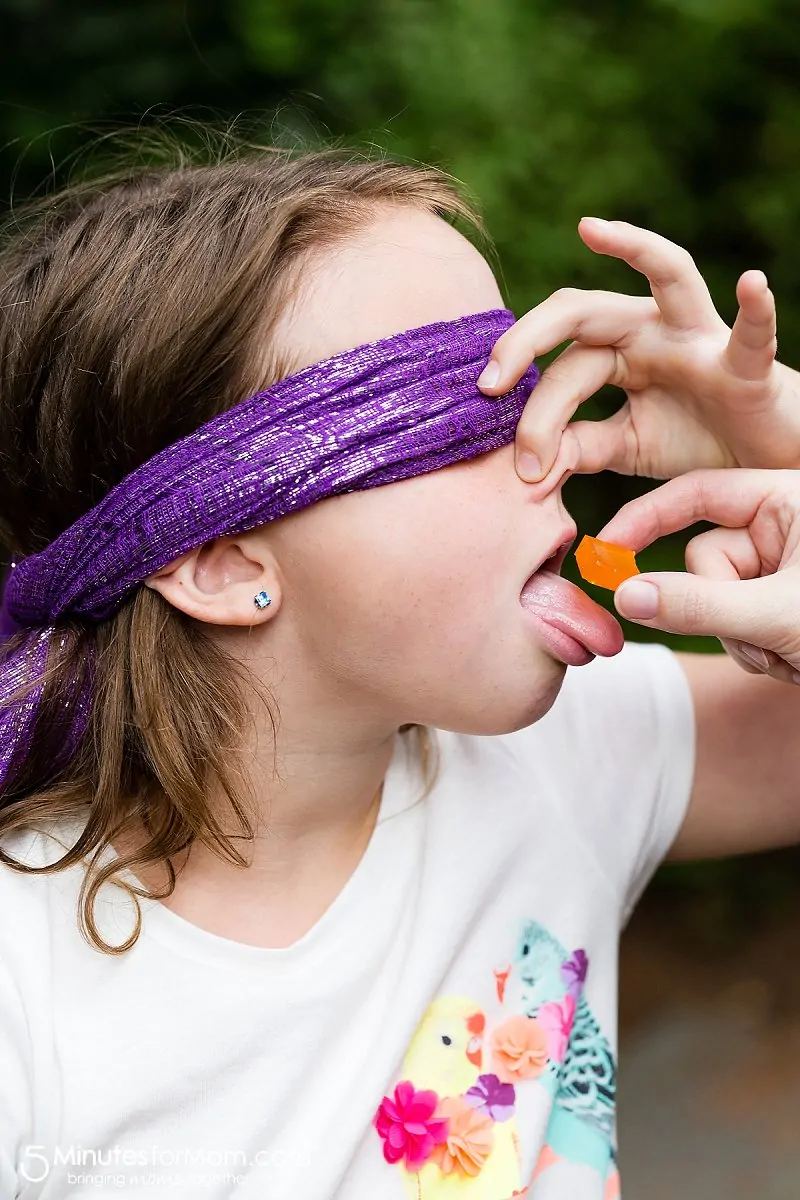









Leave a Comment